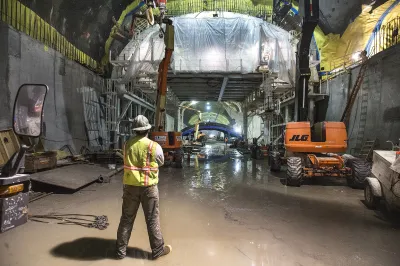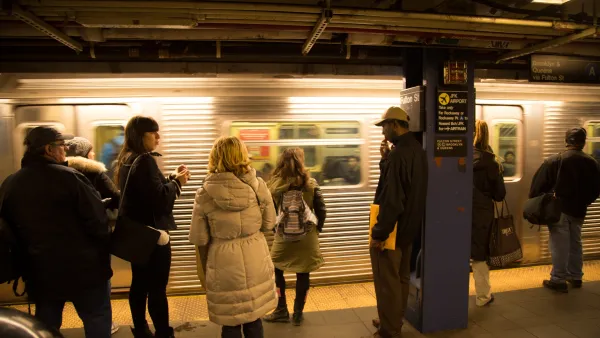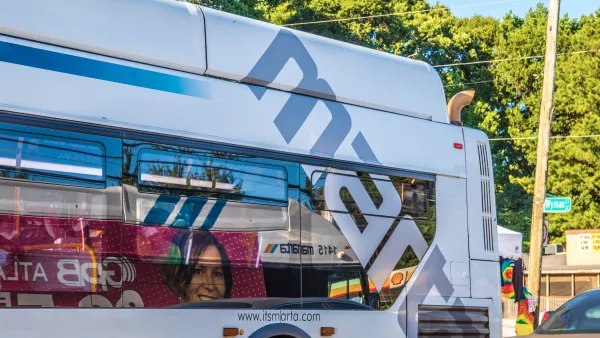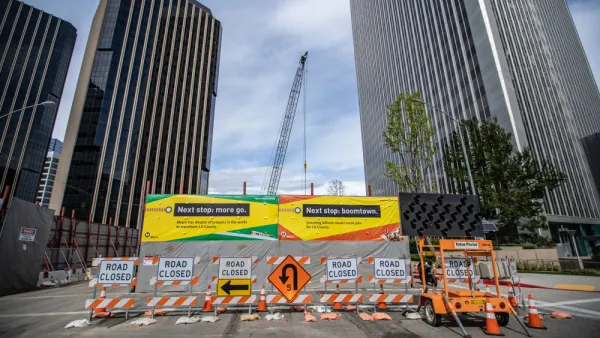Why isn't more being done to reduce transit construction costs in the United States?

Alex Tabarrok follows on a slide deck by Alon Levy [pdf] to examine possible answers to a big question facing transit planners and engineers: Why don't we know more about why transit investments cost so much in the United States?
Tabarrok voices skepticism about one point raised specifically by Levy—that "GDP per capita is not a big factor once differences in type of subways are accounted for…"—but doesn't elaborate on that skepticism.
Here is Tabarrok's key series of questions, which also happens to be extremely relevant for the Planetizen audience (which includes both planning researchers and professional practitioners): "…isn’t it weird that a Patreon supported blogger has done the best work on comparative construction costs mostly using data from newspapers and trade publications? New York plans to spend billions on railway and subway expansion. If better research could cut construction costs by 1%, it would be worth spending tens of millions on that research. So why doesn’t the MTA embed accountants with every major project in the world and get to the bottom of this cost disease?
FULL STORY: Why Don’t We Know More About the Subway Cost Disease?

National Parks Layoffs Will Cause Communities to Lose Billions
Thousands of essential park workers were laid off this week, just before the busy spring break season.

Retro-silient?: America’s First “Eco-burb,” The Woodlands Turns 50
A master-planned community north of Houston offers lessons on green infrastructure and resilient design, but falls short of its founder’s lofty affordability and walkability goals.

Delivering for America Plan Will Downgrade Mail Service in at Least 49.5 Percent of Zip Codes
Republican and Democrat lawmakers criticize the plan for its disproportionate negative impact on rural communities.

Test News Post 1
This is a summary

Test News Headline 46
Test for the image on the front page.

Balancing Bombs and Butterflies: How the National Guard Protects a Rare Species
The National Guard at Fort Indiantown Gap uses GIS technology and land management strategies to balance military training with conservation efforts, ensuring the survival of the rare eastern regal fritillary butterfly.
Urban Design for Planners 1: Software Tools
This six-course series explores essential urban design concepts using open source software and equips planners with the tools they need to participate fully in the urban design process.
Planning for Universal Design
Learn the tools for implementing Universal Design in planning regulations.
EMC Planning Group, Inc.
Planetizen
Planetizen
Mpact (formerly Rail~Volution)
Great Falls Development Authority, Inc.
HUDs Office of Policy Development and Research
NYU Wagner Graduate School of Public Service





























